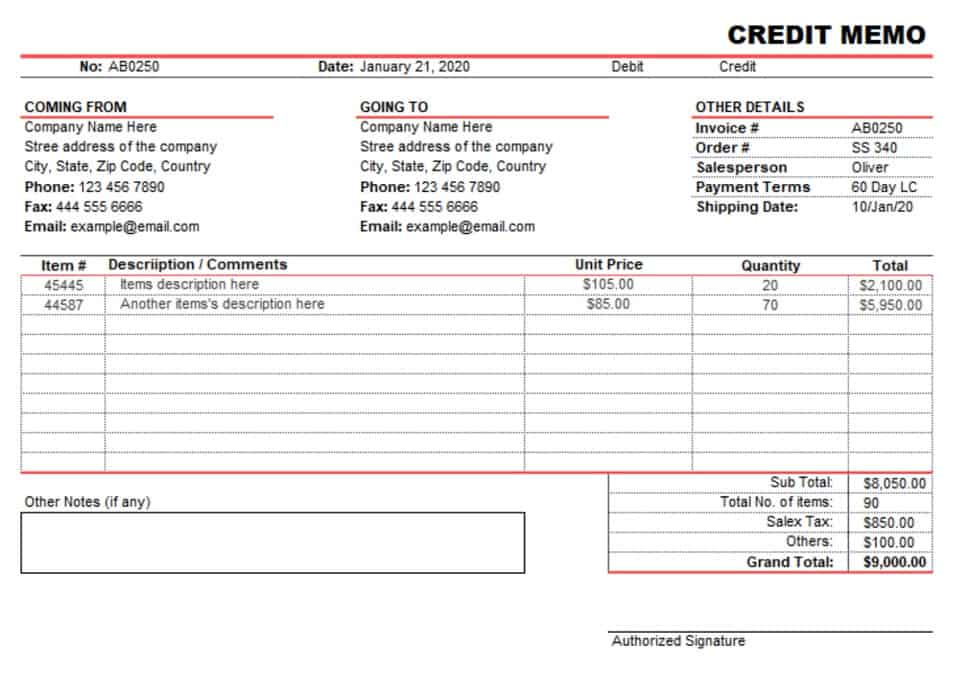
You would not be able to calculate the break-even quantity of units unless you have revenue and variable cost per unit. Consider the following example in which an investor pays a $10 premium for a stock call option, and the strike price is $100. The breakeven point would equal the $10 premium plus the $100 strike price, or $110.
- Hence, the break-even price to recover costs for ABC is $10 per widget.
- For example, if you sell products with high-cost components, a premium pricing strategy might be the one to go with.
- By dividing the fixed costs by the total profit on each unit sold, you can determine how many units you need to sell before your company can sustainably pay off its expenses.
- There are several actions that could trigger this block including submitting a certain word or phrase, a SQL command or malformed data.
- This is due to so-called “cold progression.” Every year, the state earns several billion dollars this way.
- This comparison helps to set sales goals and determine if new or additional product production would be profitable.
It is only useful for determining whether a company is making a profit or not at a given point in time. Sales below the break-even point mean a loss, while any sales made above the break-even point lead to profits. But also experienced business owners should pay close attention to the power behind the break-even analysis.
Fixed Costs
With this knowledge, you can either try to decrease the costs along your supply chain or change the average price you sell your products for. On the other hand, if you’re selling goods with low production costs and want to increase the number of sales, value pricing might be the strategy to go with. Either option can reduce the break-even point so the business need not sell as many tables as before, and could still pay fixed costs. If you want to determine the BeP for a single product, it will be specified as a quantity of items (single-product analysis). The BeP for several products or for an entire company will be specified, in contrast, as the amount of turnover that must be earned in total (multi-product analysis).
On the other hand, if this were applied to a put option, the breakeven point would be calculated as the $100 strike price minus the $10 premium paid, amounting to $90. Assume an investor pays a $4 premium for a Meta (formerly Facebook) bep meaning put option with a $180 strike price. That allows the put buyer to sell 100 shares of Meta stock (META) at $180 per share until the option’s expiration date. The put position’s breakeven price is $180 minus the $4 premium, or $176.
What is BEP?
Our work has been directly cited by organizations including Entrepreneur, Business Insider, Investopedia, Forbes, CNBC, and many others. Our team of reviewers are established professionals with decades of experience in areas of personal finance and hold many advanced degrees and certifications. The articles and research support materials available on this site are educational and are not intended to be investment or tax advice. All such information is provided solely for convenience purposes only and all users thereof should be guided accordingly. The break-even point or cost-volume-profit relationship can also be examined using graphs. Therefore, your business reaches its break-even sales level at a sales threshold of $1,000,000 per month.

